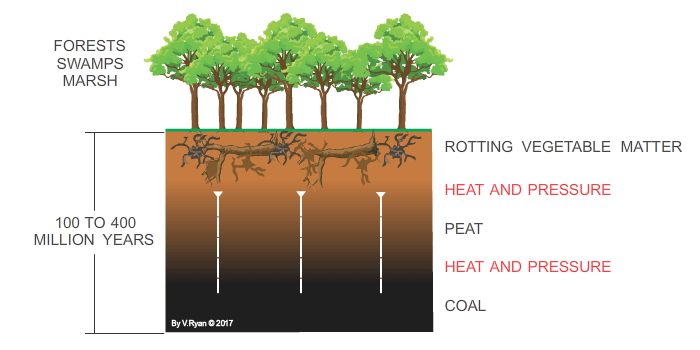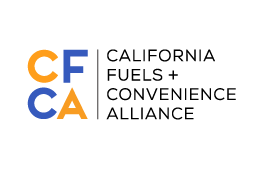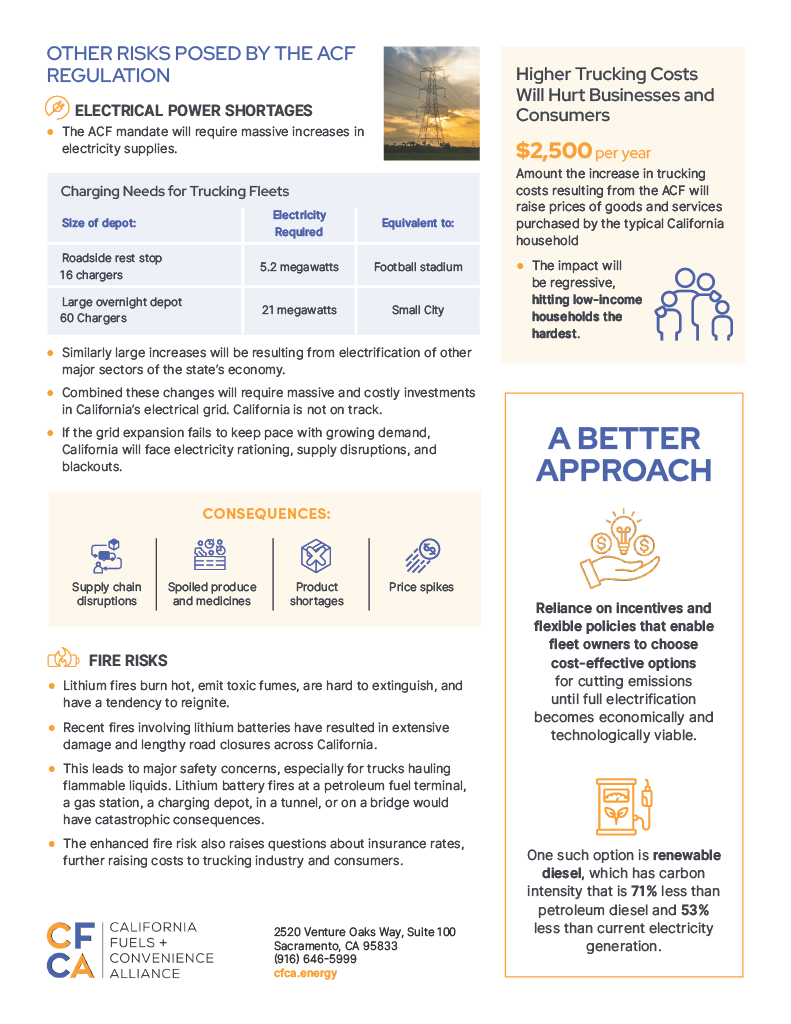There are 3 main buckets that funnel into the price of gas in California:
1. Taxes and Fees
California is notorious for having the highest taxes in the nation, contributing to the high gas prices in the state. Check out the breakdown below for the amount of taxes and fees that the government imposes on every gallon of gas:
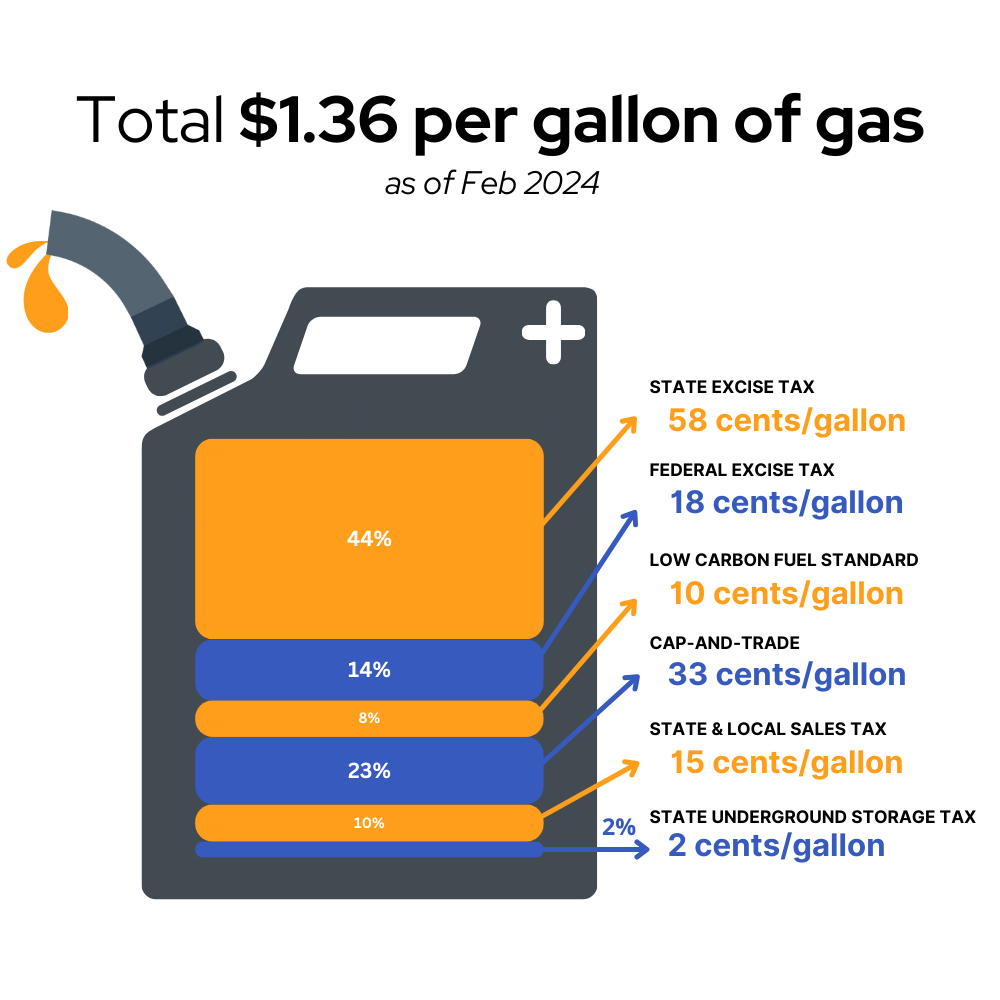
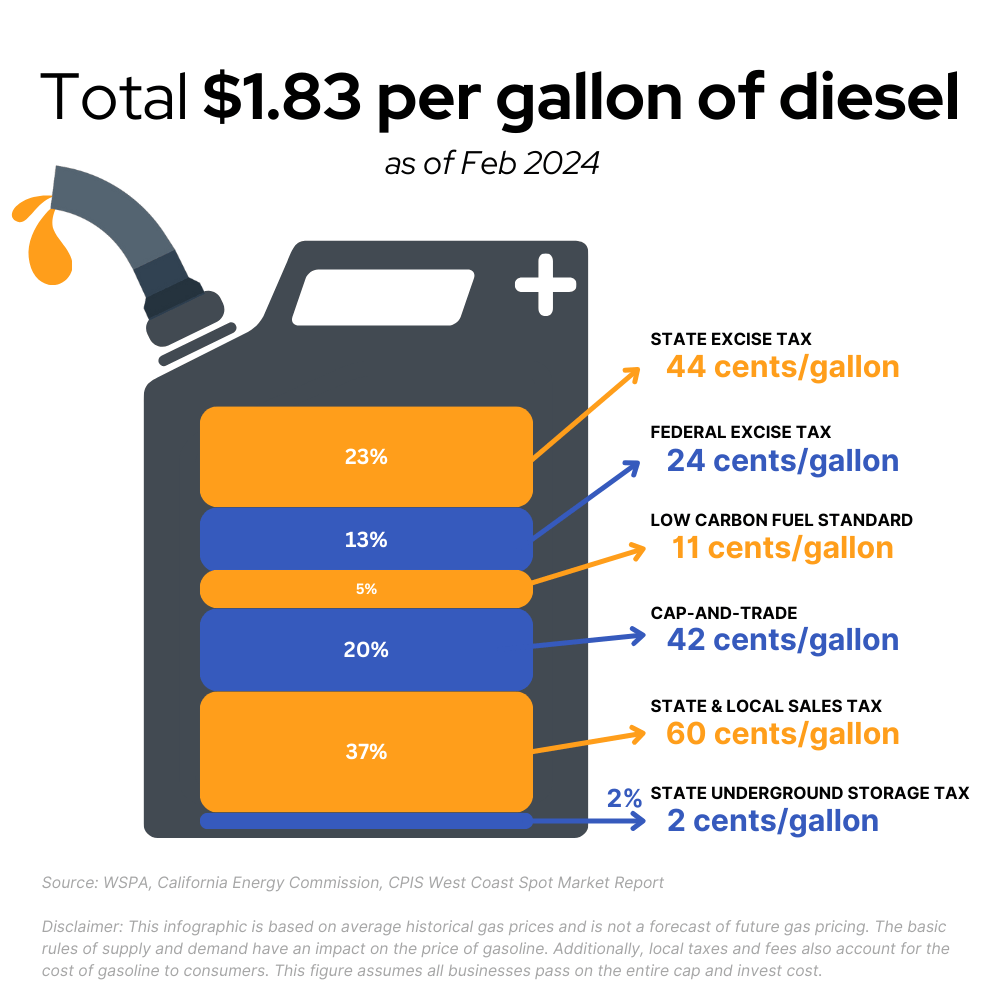
2. Limited Supply of Fuel
California is often referred to as a "fuel island" because of its geographical isolation and unique fuel standards. The state is not well-connected to other refining centers in the U.S. by pipelines, making it largely dependent on local refineries to meet its fuel needs.
The state has also seen a decline in active refineries from 43 refineries in the 1980s to only 9 in the present day, while consumer demand for fuel with over 39 million Californian drivers on the road has not declined. Following the basic economic law of supply and demand, when supply decreases but demand stays the same, prices will inevitably increase.
3. High Costs
+ California's Special Fuel Blend
Due to California's strict environmental regulations, every car on California's roads fuel up with a special fuel blend unique to California, often referred to as California Reformulated Gasoline (CaRFG). Created by the California Air Resources Board (CARB), this fuel blend is formulated to reduce air pollution, improve air quality, and decrease emissions of smog-forming pollutants and toxins. This makes California's fuel the cleanest burning in the world.
A fact sheet created by the Air Resources Board states that production costs for this fuel blend will be reflected at the pump because this special blend is more expensive to produce than conventional gasoline.
+ Operating Costs
Not only are CA taxes the highest in the nation, the cost for businesses to operate in CA are also the highest! From labor costs and insurance costs, to commercial electricity rates, commercial rent costs, and property taxes, these operating costs that are higher than the national average all contribute to the higher gas prices in California.
Gas stations and convenience stores employ approximately 193,000 people!
If you also count the fuel tank drivers and other jobs related to fueling our cars, it is closer to 200,000 Californians.
Did you know CA has over 12,000 convenience stores and close to 10,000 gas stations?
Almost 90% of those stations are owned and operated by independent owners, not big oil!
CLICK HERE to learn more about the vital role the fuel industry plays in California's communities.
Did you know that California is the most heavily regulated state in the nation?
As a prime example, simply look at the entire list of regulatory agencies and departments that impose rules and regulations on the fuels industry in California:
That's 45 TOTAL agencies!
If you were wondering what some of the rules and regulations are, we've selected a few of the hundreds that our industry needs to manage every day so you can see for yourself the additional factors out of our control that add to the price of gas:
That's only 39 rules and regulations of the HUNDREDS that exist!
[Special thank you to Chevron El Segundo for this detailed explainer]
Chevron El Segundo is committed to producing the finest fuels through its refining process. Whether pumped through pipelines or shipped thousands of miles in tankers, crude oil arrives at our refinery in its rawest form.
It is the job of the people who work here to convert that crude oil into fuel we can use – gasoline for cars, jet fuel for airplanes, diesel for trucks and trains, propane and butane for home heating and barbecues, and fuel oils, coke, and certain chemicals for industrial use.
The refining process starts in the distillation towers.
Here, liquids and vapors are separated into components according to weight and boiling point. The lighter, more valuable fuels are separated from the heavier products.
From crude units, nearly all of the products are then treated to remove sulfur and nitrogen, primarily by "hydrotreating." Hydrotreating uses hydrogen to bind with sulfur and nitrogen.
The resulting sulfur is recovered and sold for industrial uses.
The nitrogen is converted to ammonia for sale to the fertilizer industry and for use in the refinery.
The remaining nitrogen is converted back to harmless nitrogen gas, which is a key component of the air we breathe.

The carbon dioxide we recover is sold for uses such as beverage carbonation. Only about 40 percent of crude oil is comprised of the ingredients for the high-quality fuels we produce. The remaining components of crude are heavy, poor-performing fuels.
To convert the heavy fuels to usable transportation fuels requires a relatively new process known as conversion or cracking.
Using cracking units, the large molecules in heavy fuels are converted into smaller molecules, which we can use to make the transportation fuels you need.
The Chevron El Segundo Refinery supplies 20 percent of all motor vehicle fuels and 40 percent of the jet fuel consumed in Southern California. In Order to make these products, we have three main types of cracking units:

Coker
The Coker is a thermal cracking unit. It heats the heaviest portion of the crude to a high temperature, causing it to crack into lighter materials.
The light materials produced are gasoline, jet fuel, and diesel.
The light fuel boils off, leaving behind a soild coal-like material called petroleum cake.
Petroleum coke is transported to the Port of Los Angeles, where it is shipped to Asia and Europe to be used in heating and manufacturing.

Fluidized Catalytic Cracking Unit
The Fluidized Catalytic Cracking Unit (FCC), or "cat cracker," cracks the heavy material into gasoline, the most demanded transportation fuel.

Hyrdocracking Unit
The Hyrdocracking Unit is another catalytic cracking unit. Chevron's patented hydrocracking process is called an ISOMAX Unit. The catalyst in the ISOMAX unit is designed to crack heavy material into jet fuel.
After the molecules have been cracked, these fuels are still not ready to power an automobile or jet engine. The molecules must be arranged and rearranged to burn cleanly and with better performance.
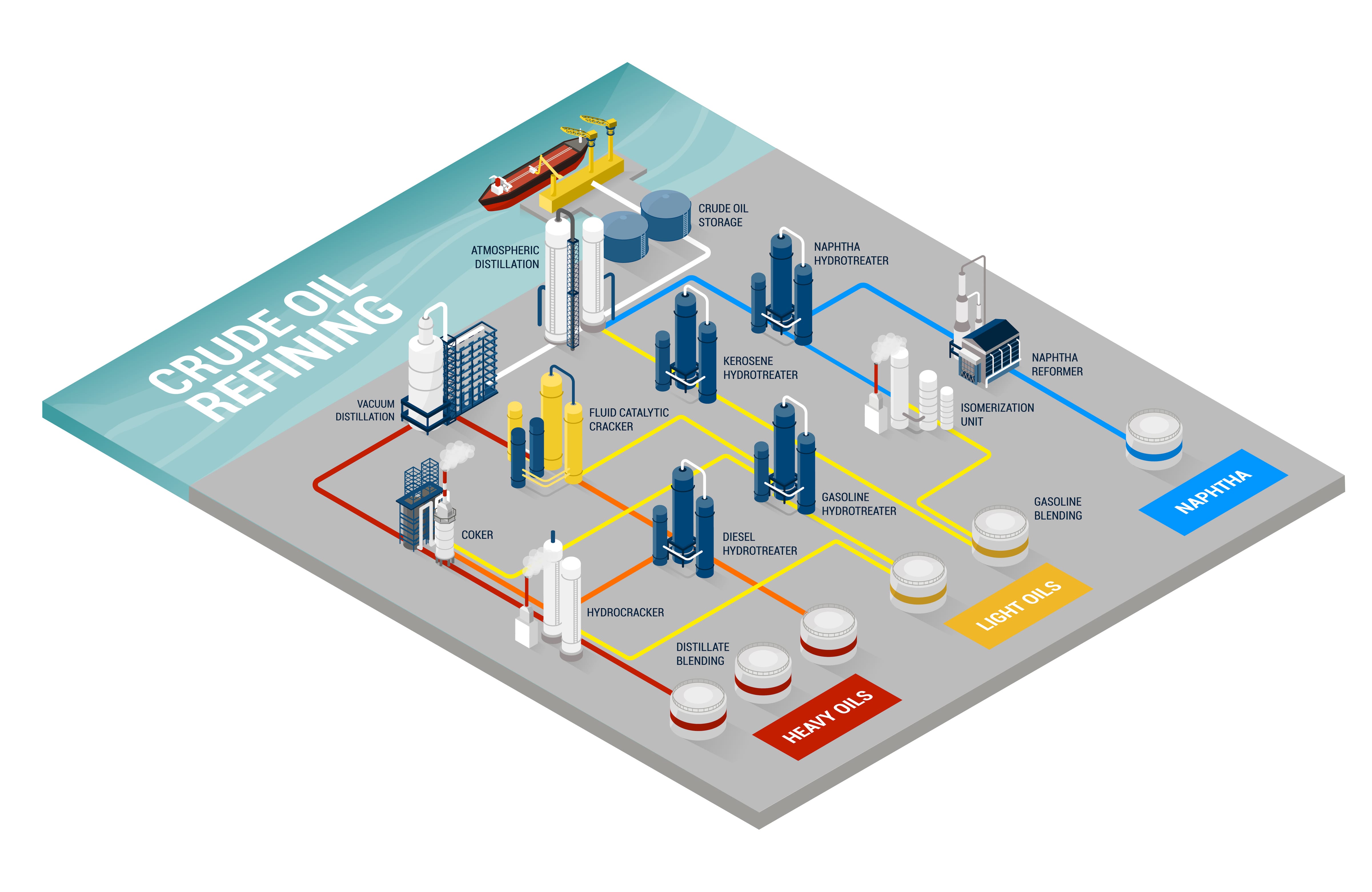
The Catalytic Reforming and Alkylation processes all result in higher octane fuels which are designed to meet these needs.
Finally, after more than 200 hydrocarbons and additives have been blended into the fuel, the finished products are held in storage tanks, ready to be shipped via tanker, truck, or pipeline to our customers.
Credit to Chevron: https://elsegundo.chevron.com/our-businesses/the-refining-process
Fossil energy sources, including oil, coal and natural gas, are non-renewable resources that formed when prehistoric plants and animals died and were gradually buried by layers of rock. Over millions of years, different types of fossil fuels formed -- depending on what combination of organic matter was present, how long it was buried and what temperature and pressure conditions existed as time passed.
Today, fossil fuel industries drill or mine for these energy sources, burn them to produce electricity, or refine them for use as fuel for heating or transportation.
The Energy Department maintains emergency petroleum reserves, ensures responsible development of America’s oil and gas resources and executes natural gas regulatory responsibilities. In addition, scientists at the Energy Department’s National Labs are developing technologies to reduce carbon emissions and ensure fossil energy sources play a role in America’s clean energy future.
Credits: https://www.energy.gov/fossil
